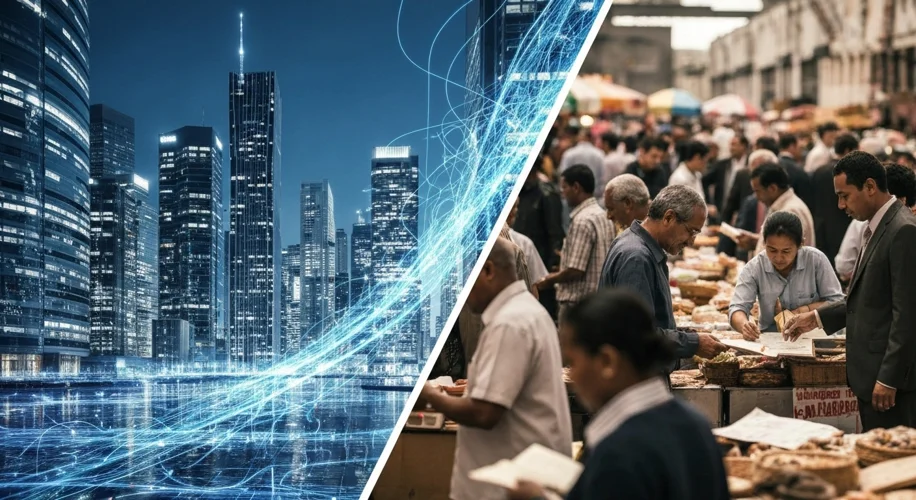It’s easy to get caught up in the latest gadgets or the newest AI breakthrough. But as someone who’s spent decades in the tech world, I’ve seen firsthand how these advancements are deeply intertwined with our economic reality. Think of technology not just as tools, but as powerful forces that can reshape industries, create new opportunities, and sometimes, introduce new challenges.
Consider automation and artificial intelligence. We’ve all heard the discussions about how these technologies might change the job market. It’s not just speculation. We’re seeing real shifts. Industries that embrace automation often see increased efficiency and productivity. This can lead to growth, but it also means that the nature of work is changing. Some tasks that were once done by people are now being handled by machines. This isn’t about replacing humans entirely, but about evolving roles and the skills needed to thrive.
For instance, in manufacturing, robots have become adept at repetitive tasks, improving output and precision. In fields like customer service, AI-powered chatbots can handle many routine inquiries, freeing up human agents for more complex issues. This doesn’t necessarily mean fewer jobs overall, but it certainly means jobs are evolving. The demand for people who can design, maintain, and work alongside these technologies is growing.
Beyond jobs, tech-driven industries themselves are often at the forefront of economic trends. Companies that leverage data analytics, cloud computing, or AI are often more agile and responsive to market changes. They can innovate faster, reach customers more effectively, and operate more efficiently. This can give them a significant edge in today’s competitive landscape.
Look at the software sector, where I spent my career. The ability to scale quickly, reach a global audience with digital products, and adapt to new user needs has been a major driver of economic activity. Even in more traditional sectors, technology is becoming indispensable. Think about how precision agriculture uses sensors and data to improve crop yields, or how logistics companies use AI to optimize delivery routes. These aren’t just minor improvements; they are fundamental changes that boost economic output.
Of course, it’s not always a simple story of progress. Rapid technological change can create periods of disruption. The transition requires careful thought about how we support workers as their roles shift and how we ensure that the benefits of technology are shared broadly. It’s about understanding the interplay – how a new chip design can affect global supply chains, or how advances in AI can influence investment decisions.
From my perspective, the key is to look beyond the immediate buzz. We need to analyze how these technological currents are affecting the broader economic tides. By connecting the dots between innovation and economic realities, we can better understand where we’re heading and make more informed decisions for the future. It’s a dynamic relationship, and one that requires our continuous attention and thoughtful engagement.

